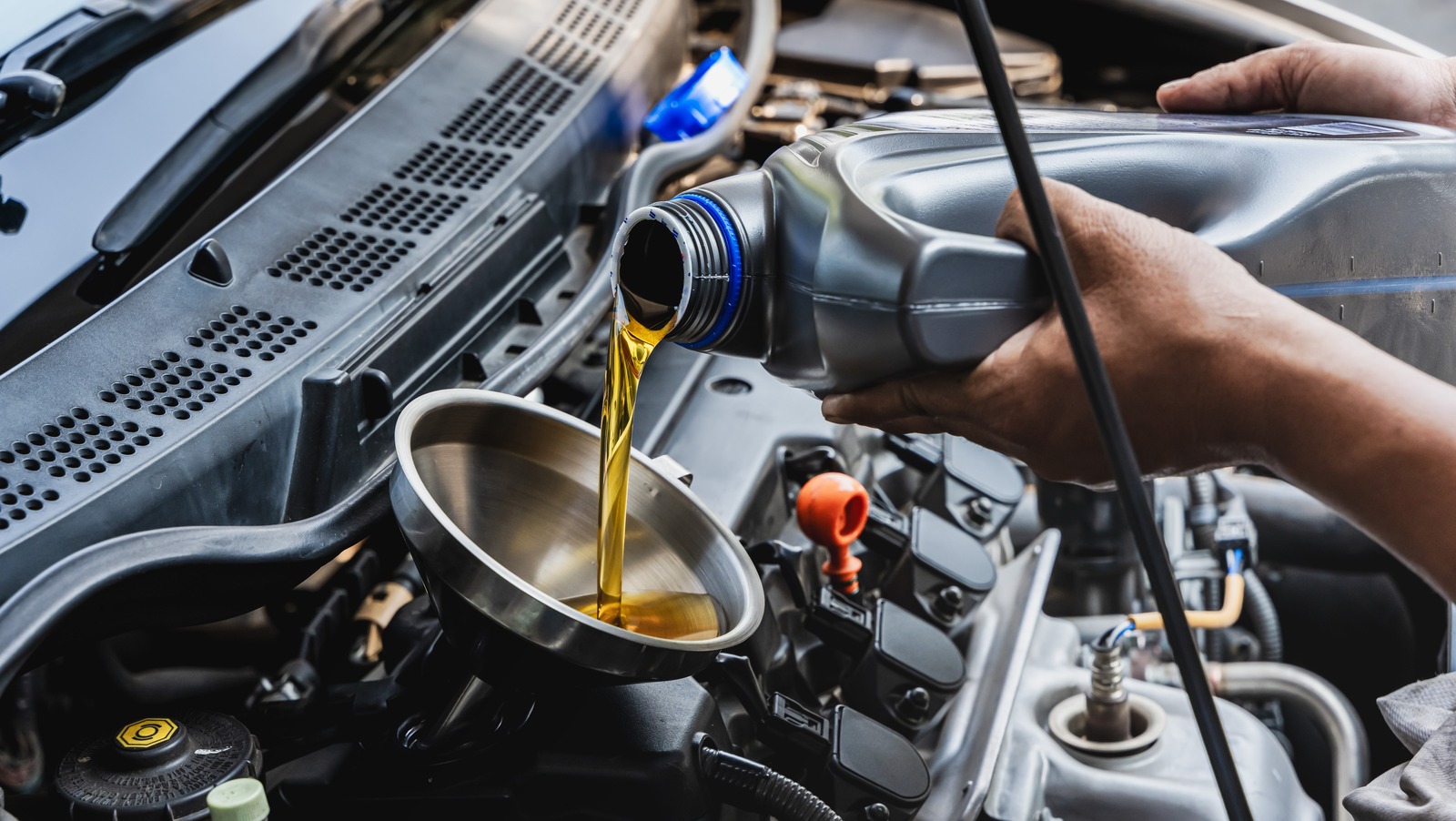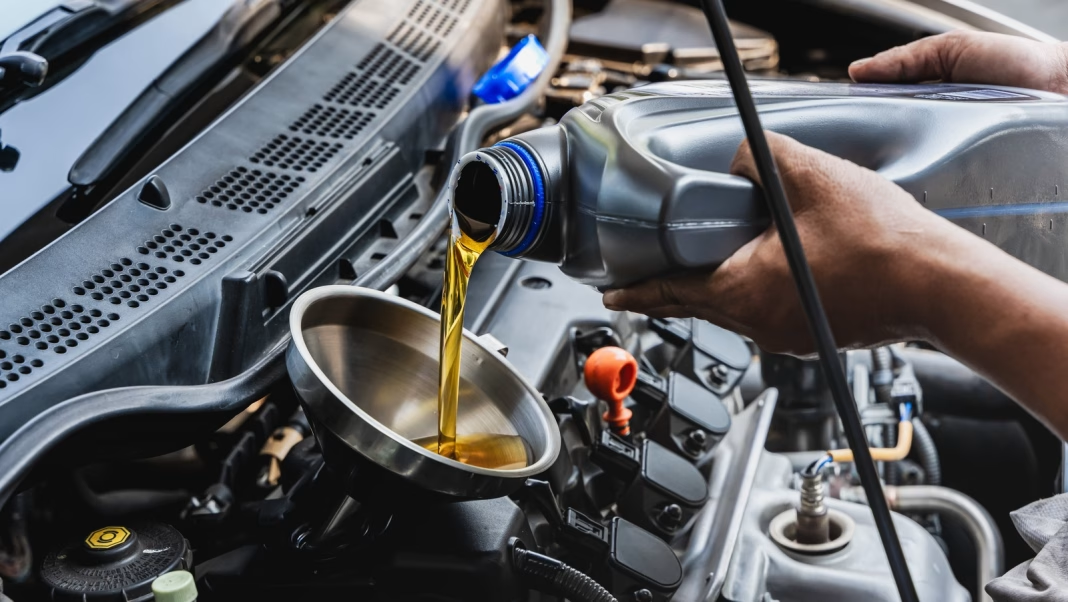Adding a little extra oil to your engine might seem harmless, but when it comes to engine maintenance, moderation is key. You might wonder, how much is too much? And what happens if you accidentally overfill your engine oil? Let’s dive into the details so you can keep your engine running smoothly.
What Happens When You Overfill Engine Oil?
When you pour in more oil than your engine can handle, it can lead to a range of issues. The most immediate concern is that the excess oil can create foaming. This happens because the crankshaft, which is constantly spinning, can whip the oil into a frothy mess. Foamy oil doesn’t lubricate as effectively, which can lead to increased friction and wear on engine components. Over time, this can cause serious damage.
Another issue is that too much oil can raise the pressure in the engine. This can lead to oil leaks, as the excess pressure forces oil out through seals and gaskets that aren’t designed to handle it. Not only does this create a mess, but it can also lead to costly repairs if not addressed promptly.
How to Identify If You’ve Overfilled
If you suspect you’ve added too much oil, there are a few signs to look out for. First, check your oil dipstick. If the oil level is above the maximum mark, it’s a clear indication that you need to remove some oil. Additionally, if you notice any unusual engine noises or if the oil pressure warning light comes on, it’s time to investigate further.
What’s the Easy Fix?
If you find yourself in the unfortunate position of having overfilled your engine oil, don’t panic. The solution is relatively straightforward. You can either siphon out the excess oil using a pump or a turkey baster, or you can simply drain some oil from the oil pan. If you’re not comfortable doing this yourself, it’s always a good idea to take your vehicle to a mechanic. They can quickly and safely remove the excess oil for you.
Preventing Overfilling in the Future
To avoid this situation in the future, it’s essential to keep a close eye on your oil levels during routine maintenance. Always check your oil level with the dipstick before adding more oil. If you’re unsure about how much oil your engine needs, consult your owner’s manual. It’s better to err on the side of caution and add oil gradually, checking the level as you go.
The big takeaway? Managing your engine oil isn’t about perfection—it’s about smarter adjustments. Start with one change this week, like checking your oil level before refueling, and you’ll likely spot the difference in your engine’s performance by month’s end.


